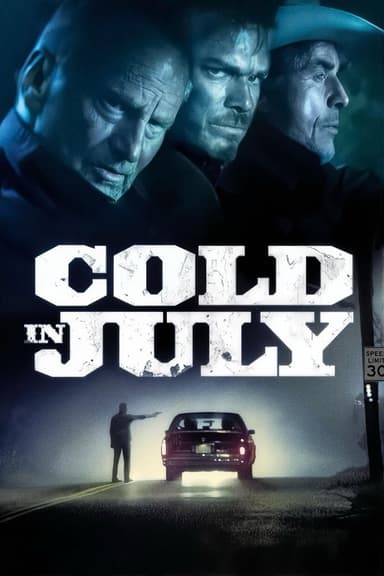
Blood Father
2016 • Action, Drama, Thriller • R
An ex-con reunites with his estranged wayward 16-year old daughter to protect her from drug dealers who are trying to kill her.
Runtime: 1h 28m
Why you should read the novel
If you truly want to experience the depth of 'Blood Father,' reading Peter Craig’s novel is the way to go. The book delves much deeper into the psyche of John Link and his struggle for redemption, allowing readers to fully immerse themselves in his guilt, failures, and urge to protect his estranged daughter. You’ll get first-hand access to their internal conversations, doubts, and conflicting emotions, drawing you into a more personal and nuanced version of the story.
The novel’s prose offers a raw and literary perspective, with a pace that lets the tension simmer and build gradually. Unlike the movie’s relentless action, the book luxuriates in detail—whether describing the sun-bleached desert or Link’s memories of his lost years—adding complexity to the narrative and space for reflection. In Peter Craig’s hands, even side characters come alive, resonating with unique voices and motives impossible to fully capture on screen.
Reading the book also gives you a greater appreciation for the thematic richness—exploring forgiveness, reckoning with one’s past, and the imperfect bond between parent and child. Every turn of the page provides intimate insight and a more textured, emotionally satisfying journey than the film alone can offer. For those craving substance and character depth, the novel is the ultimate experience.
Adaptation differences
While the basic premise of 'Blood Father' remains faithful in both book and film, there are notable differences in their execution. The novel provides much broader background to John Link’s life prior to his daughter’s return, fleshing out his alcoholism, regrets, and the gritty reality of his daily existence as an ex-con. The movie, on the other hand, compresses much of this backstory, opting to focus on immediate events and keeping the plot moving at a relentless pace.
A significant difference lies in the portrayal of Lydia, John’s daughter. In the book, Lydia’s internal struggles and motivations are explored with greater nuance, showing her as a complex, troubled figure rather than just a damsel in distress. The movie streamlines her character, emphasizing her vulnerability and need for protection, and omitting some of her more ambiguous or darker moments from the novel.
The interaction and relationship between John and Lydia also diverge. Peter Craig’s novel allows their bond to develop more slowly and gives space for painful, awkward conversations that reveal the history of their estrangement. The film condenses this healing process, focusing more on action and survival than emotional reconciliation. Additionally, some key secondary characters and subplots present in the book, which add texture to Link’s world, are omitted or changed outright in the movie adaptation.
Finally, the ending of the film takes a somewhat more Hollywood approach to closure and redemption, while the novel offers a more ambiguous and contemplative conclusion. The book’s ending stays truer to the flawed nature of its characters, emphasizing the unresolved aspects of their relationship and the lingering impact of their choices, encouraging the reader to consider the aftermath long after the last page.
Blood Father inspired from
Blood Father
by Peter Craig










